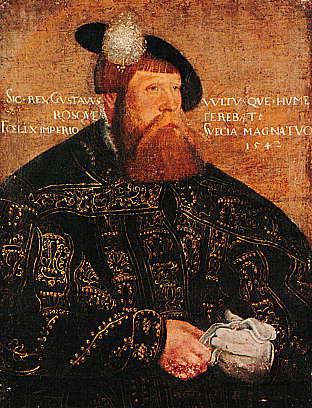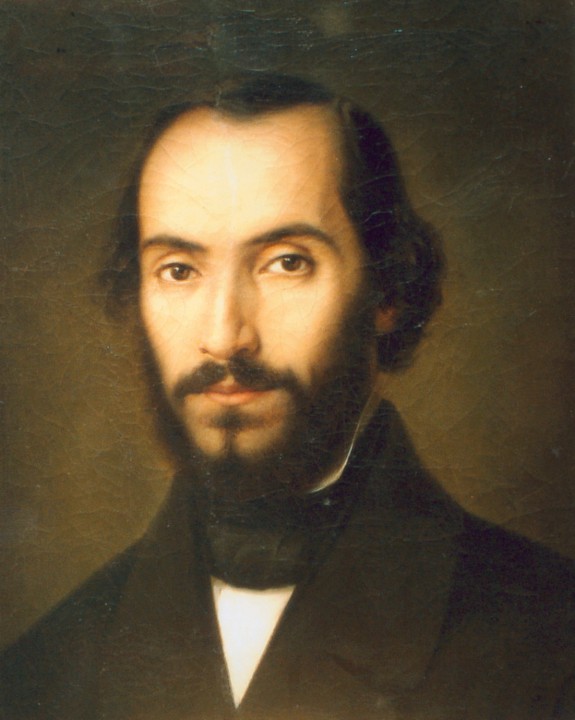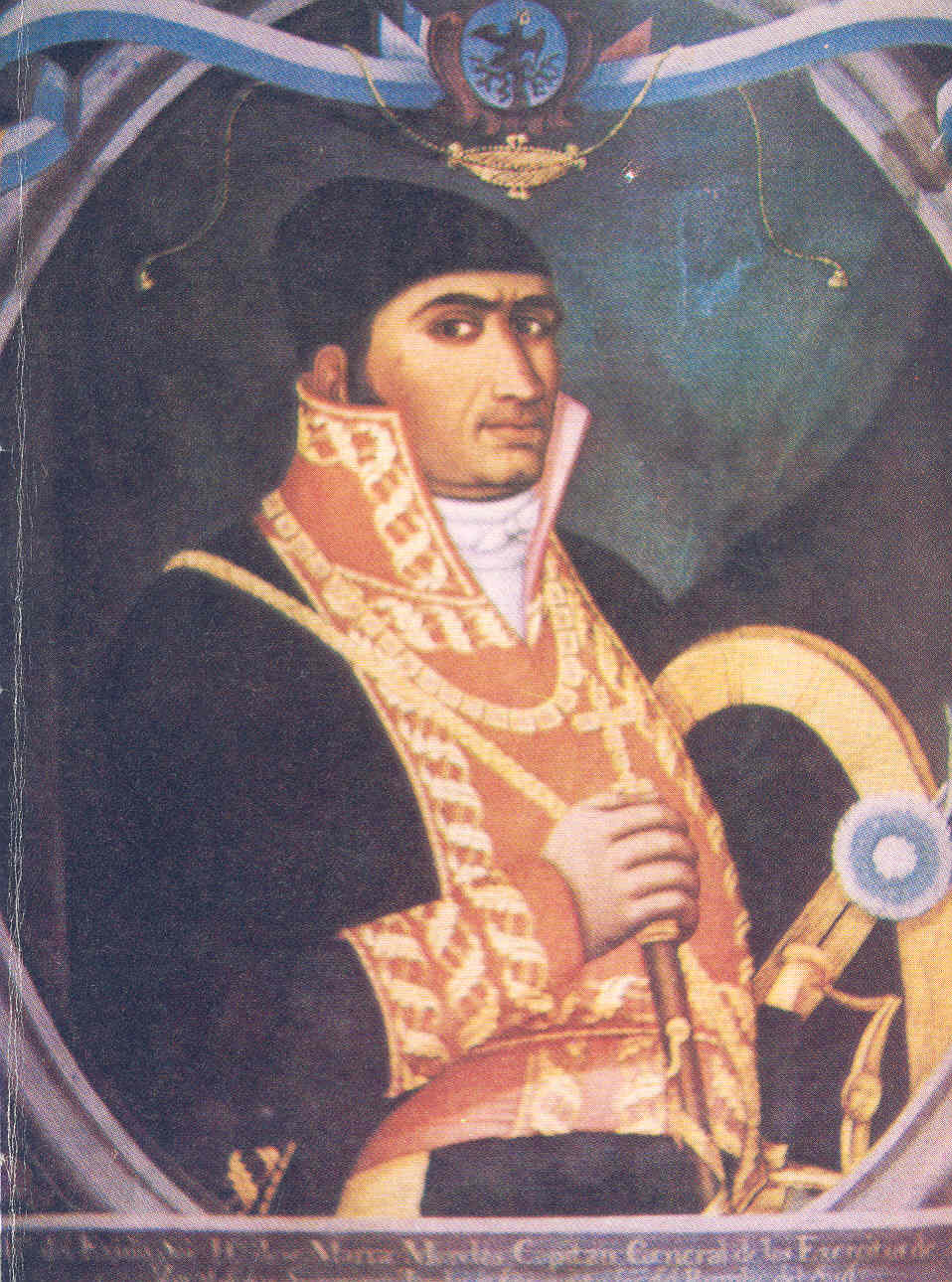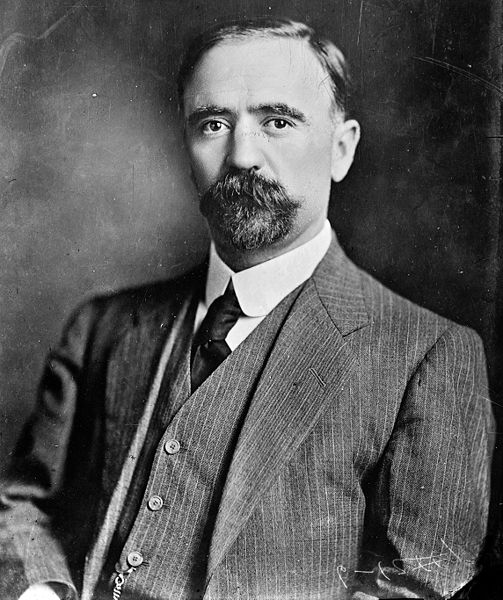
 Turkey 1000 Lira 1986 VG
Turkey 1000 Lira 1986 VG
Front: Pesident Atatürk 1st President of Turkey
Back: Istanbul; Fatih Sultan Mehmet
In 1927, during the opening of the State Art and Sculpture Museum
Mustafa Kemal Atatürk (indeterminate - 1881–10 November 1938) was a Turkish army officer, revolutionary statesman, and founder of the Republic of Turkey as well as its first President.
Mustafa Kemal became known as an extremely capable military officer during World War I. Following the defeat of the Ottoman Empire, Mustafa Kemal led the Turkish national movement in what would become known as the Turkish War of Independence. Having established a provisional government in Ankara, he defeated the forces sent by the Allies. His successful military campaigns led to the liberation of the country and to the establishment of the Republic of Turkey. During his presidency, Atatürk embarked upon a program of political, economic, and cultural reforms. An admirer of the Age of Enlightenment, Atatürk sought to transform the former Ottoman Empire into a modern, democratic and secular nation-state. The principles of Atatürk's reforms, which modern Turkey was established on, are referred to as Kemalism.
Born as Mustafa, his second name Kemal (meaning Perfection or Maturity) was given to him by his mathematics teacher in recognition of his academic excellence.[2] In his early years, his mother encouraged Mustafa to attend a religious school, something he did reluctantly and only briefly. Later, he attended the Şemsi Efendi school at the direction of his father. His parents wanted him to have education in a trade, but without consulting them he took an entrance exam for a military junior high school in Salonika in 1893. In 1896, he enrolled into a military high school in the Ottoman city of Manastır (modern Bitola, Republic of Macedonia). In 1899, he enrolled at the War College in Istanbul and graduated in 1902. He later graduated from the War Academy on 11 January 1905.
 The original print of the first Quran in Turkish language ordered by Atatürk.
The original print of the first Quran in Turkish language ordered by Atatürk.
 Mehmet II "the Conqueror", in Ottoman Turkish, or, in modern Turkish, Fatih Sultan Mehmet) (March 30, 1432, Edirne – May 3, 1481, Hünkârcayırı, near Gebze) was Sultan of the Ottoman Empire (Rûm until the conquest) for a short time from 1444 to September 1446, and later from February 1451 to 1481. At the age of 23, he conquered Constantinople, bringing an end to the Byzantine Empire. He had several wives: Valide Sultan Amina Gul-Bahar, a Greek Orthodox woman of noble birth from the village of Douvera, Trabzon, who died in 1492, the mother of Bayezid II, and Gevher Sultana; Gulshah Hatun; Sitti Mukrime Hatun; Hatun Cicek; Helene Hatun, who died in 1481, daughter of Demetrios II Palaiologos, the Despot of Morea; briefly Anna Hatun, the daughter of the Emperor of Trebizond; and Hatun Alexias, a Byzantine princess. Another son of his was Djem Zizim, who died in 1495.Information and Image Obtained From Wikipedia, the free encyclopedia
Mehmet II "the Conqueror", in Ottoman Turkish, or, in modern Turkish, Fatih Sultan Mehmet) (March 30, 1432, Edirne – May 3, 1481, Hünkârcayırı, near Gebze) was Sultan of the Ottoman Empire (Rûm until the conquest) for a short time from 1444 to September 1446, and later from February 1451 to 1481. At the age of 23, he conquered Constantinople, bringing an end to the Byzantine Empire. He had several wives: Valide Sultan Amina Gul-Bahar, a Greek Orthodox woman of noble birth from the village of Douvera, Trabzon, who died in 1492, the mother of Bayezid II, and Gevher Sultana; Gulshah Hatun; Sitti Mukrime Hatun; Hatun Cicek; Helene Hatun, who died in 1481, daughter of Demetrios II Palaiologos, the Despot of Morea; briefly Anna Hatun, the daughter of the Emperor of Trebizond; and Hatun Alexias, a Byzantine princess. Another son of his was Djem Zizim, who died in 1495.Information and Image Obtained From Wikipedia, the free encyclopedia
















































